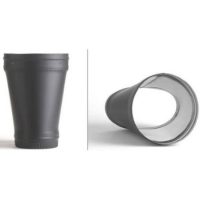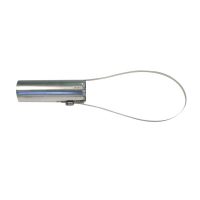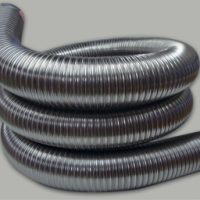Professional Chimney Sweeps Offer a Range of Safety Services
Many homeowners wonder why a chimney is swept. Chimneys are swept to remove residues in the chimney which can block the flue and prevent proper drafting, and to remove flammable deposits which can cause a chimney fire.
All types of appliances which burn fuel and vent to the outdoors should be inspected annually and swept when needed such as:
-Chimneys that need annual inspection -Fireplaces that burn wood or gas -Chimneys serving wood stoves -Water heater flues & furnace flues -Vented gas hearth products: gas fireplaces, gas freestanding stoves, gas logs & gas inserts WOOD BURNING FIREPLACES & WOOD STOVES
Wood smoke occurs because not all the chemicals in wood can be burned by your fireplace or wood stove. Smoke contains tiny, unburned but flammable solid particles which adhere to the walls of your chimney which are called creosote. As these deposits accumulate, a stray spark from your fire can ignite them causing a chimney fire.
Chimneys and connector pipes (such as the black pipe connecting a wood stove to the chimney) are designed as a passageway for smoke which passes through at relatively low temperatures; they are not built to withstand chimney fires, which can burn in excess of 2000 degrees. A chimney fire can destroy the mortar in a masonry chimney which can cause a chimney to collapse or allow the fire to spread to the framing members of your home. Sometimes a first chimney fire will “only” crack the flue tile liners. This situation is dangerous because a subsequent chimney fire now has an easy pathway to the walls of your house, allowing for massively destructive and dangerous house fires. When you have been advised that your flue tiles are cracked, it is time to take action and have the chimney repaired! PREFABRICATED FIREPLACES
Pre-fab fireplaces are a particular concern to chimney sweeps. Although highly regulated and safety tested in the lab, too often we find hidden dangers due to improper installation. Installation defects such as improper clearances, improperly connected pipe and substitute components combined with overfiring and general deterioration can lead to home fires. A prefabricated fireplace system that has suffered a chimney fire should never be reused and should always be replaced according to the Chimney Safety Institute of America.
FURNACE FLUES & WATER HEATER FLUES
Furnaces that use oil or gas also produce dangerous byproducts. First, the fumes that are being vented are generally more dangerous than wood smoke because they contain higher levels of carbon monoxide than wood smoke. Leaky connector pipes, improper flue sizing and other chimney problems such as cracked flue tiles, oversized flues or undersized flues and structural defects or deterioration can all lead to fumes entering your home. Carbon monoxide cannot be seen and cannot be detected by the human nose.
Visible soot in the house is one indication of a problem with your furnace and it’s venting system. Visible soot means you need to call your furnace repair company, but also your chimney sweep! Your chimney exists to carry fumes and soot away from the living space, so even a faulty furnace should send soot up the chimney. Sooty walls may indicate a problem with the furnace, but this ALWAYS indicates a problem with the venting!
Oil soot is particularly nasty to deal with. It is harder to remove and we use specialized equipment to deal with it. Soot from gas furnaces and water heaters is less likely, but an annual inspection can help identify problems and correct them before a small problem becomes hazardous.
Annual cleaning and inspections are very important to the safe and efficient operation of your home’s central heating system. The chimney sweeping process averages one to two hours.





